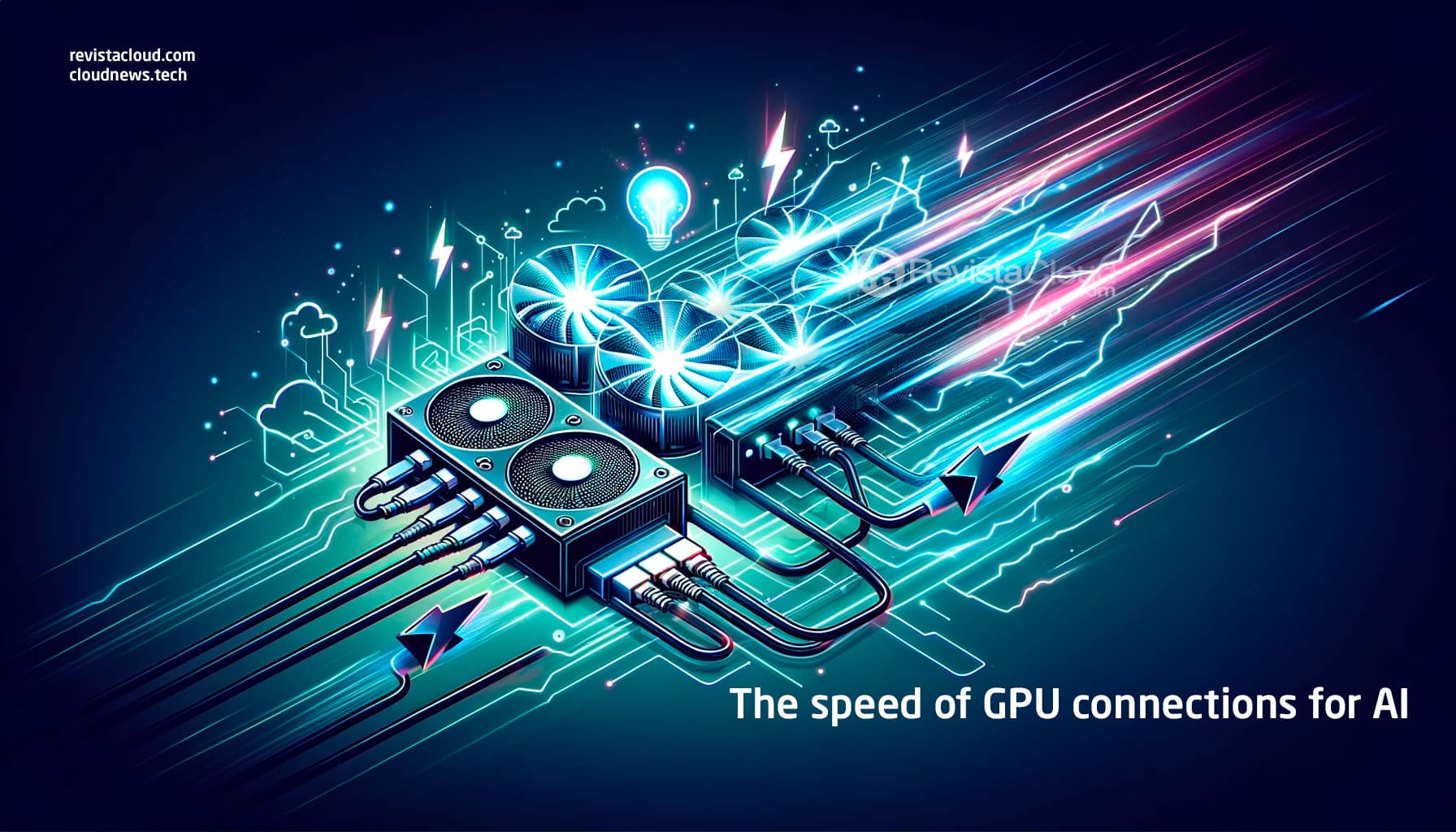In the era of artificial intelligence (AI) and machine learning, the demand for highly efficient and scalable GPU systems has significantly increased. To meet the performance requirements of current AI applications, it is essential to have GPU networking technologies that minimize latency, ensure lossless data transmission, and provide effective congestion control. In this article, we will explore the major GPU architecture design options and analyze their advantages and disadvantages.
NVLink Switch System: Efficient performance with scalability limitations The NVLink switch system utilizes the NVLink switch to connect GPUs, providing efficient performance thanks to its high-speed links. A notable example is the NVSwitch architecture, capable of connecting up to 32 nodes or 256 GPUs, offering impressive performance in training complex models like GPT-3.
However, the NVLink switch system has some significant limitations. Its internet speed is slower compared to other higher-cost models, which can lead to compatibility issues with certain operating systems. Additionally, its implementation in data centers with GPUs from different vendors can be complex, as it is not sold separately and availability is limited.
InfiniBand Network: Speed and efficiency with configuration challenges InfiniBand is positioned as a fast and low-latency networking technology, ideal for AI and machine learning applications. Its protocol is designed to achieve efficient and lightweight communication, suitable for a wide range of data transmission scenarios. Additionally, its support for RDMA (Remote Direct Memory Access) allows for direct memory-to-memory transfers, improving performance and reducing latency.
However, configuring and maintaining an InfiniBand network can be more complicated compared to other options. This may pose a challenge for IT teams, especially in large-scale environments or with limited resources.
Lossless Ethernet with RoCE: Economy and ease of implementation Ethernet emerges as a more economical and easy-to-implement option for GPU networks. Thanks to technologies like RoCE (RDMA over Converged Ethernet), Ethernet can provide lossless transmission and support for RDMA, thus enhancing performance and reducing latency.
Moreover, Ethernet offers a wide range of hardware and software options, facilitating its integration into different environments. Its cost per bandwidth is lower compared to other technologies, making it an attractive alternative for large-scale deployments.
However, it is important to note that Ethernet may have performance limitations compared to options like InfiniBand. Additionally, its ability to scale to large systems may be affected by network congestion and other hardware limitations.
Fully Programmed DDC Network: Flexibility and customization The Disaggregated Data Center (DDC) network utilizes programmable switching/routing chips to provide a highly customizable and efficient network. Although it is an emerging technology, it holds the promise of improving performance and scalability in large-scale environments.
The fully programmed architecture of the DDC network allows for greater flexibility and control over the communication process between nodes. This can be especially beneficial in environments where custom configurations are required or where network needs may change over time.
Conclusion The choice of the right GPU networking technology depends on the specific needs of each organization, considering factors such as performance, scalability, cost, and ease of implementation. While the NVLink switch system offers efficient performance but with scalability limitations, the InfiniBand network stands out for its speed and efficiency, though it may present configuration challenges.
On the other hand, Ethernet with RoCE emerges as a cost-effective and easy-to-implement option, though it may have performance limitations compared to other alternatives. The fully programmed DDC network, although an emerging technology, promises flexibility and customization for large-scale environments.
As artificial intelligence and machine learning continue to evolve, it is crucial for organizations to carefully evaluate their requirements and select the GPU networking technology that best suits their needs. By doing so, they will be able to fully leverage the potential of AI and stay ahead in a constantly changing technological landscape.

